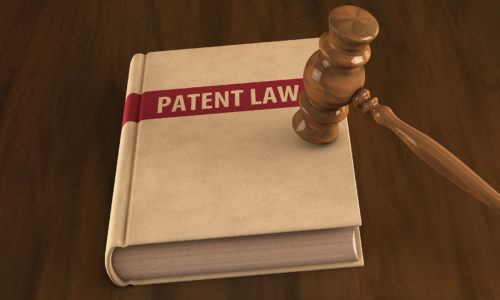Introduction
The Indian Patent act is well known for its impartial approach towards Innovation, enforcing the monopoly rights to the patentee and making sure the innovation ends up adding to the betterment of the community.
The Act not only guarantees monopoly to the patentee but also ensures that the invention is utilized to its fullest extent for meeting the requirements of the community without any undue delay. This enforcement contributes to the promotion of innovation and circulation of technology in a manner to benefit the community both socially and economically.
To ensure the stated principles, Section 146 of the Indian Patent Act mandates all the right holders/patentees to submit their working statements by the end of each calendar year. Thus, acknowledging if the patent has worked commercially implemented or worked within in the territory of India, at a reasonable cost and as per the requirement of the public or not.
Enablement and Establishment
According to Section 146(2) and Rule 131(1), The working statement is to be furnished on the prescribed Form-27 providing the details of the commercial working of the patent in India. According to the patent office annual report, during 2016-17, for the total 48765 patented inventions, 42870 working statements were received, out of which only 11318 patented inventions were stated as working. Though Section 122 of the Indian patent act explicitly states that “If any person refuses or fails to furnish- he shall be punishable with imprisonment which may extend to six months, or with fine, or with both.”, until now no action has been taken by the patent office against any such patentee.
The main obligation of the patentee is to furnish the following details in the Form 27:
1. Did the patented invention: Worked / Non-worked?
1. if not worked; the reason for not working and steps being taken for working of the invention.
2. if worked; quantum and value (in Rupees), of the patented product.
2. Manufactured in India.
3. Imported from other countries (give country wise details)
4. Licenses and sub-licenses granted during the year
5. State whether public requirement has been met partly/ adequately/ to the fullest extent at reasonable price
Since the above information is confidential in nature, the patentee holds a fear that it may be misused because, as per Section 146 – Controller may publish the information received by him under sub-section (1) or sub-section (2) in such manner as may be prescribed.
For the same reason, patentee tends to provide as minimal information as possible. Further, in many cases, it is impractical to collect all the information to be furnished in the Form-27 and only imparts an extra burden and incurs added cost to the patentee.
Conclusion
The provisions provided in the act defines the submission of working statements as a duty of every patentee. It enables the government to provide certain benefits to the patentee while ensuring the advantages of the invention are enjoyed by the public. Going forward, continuous efforts are being made by the Patent Office to make it more authentic and a considerable rise has been observed in the filing trends for recent years.

